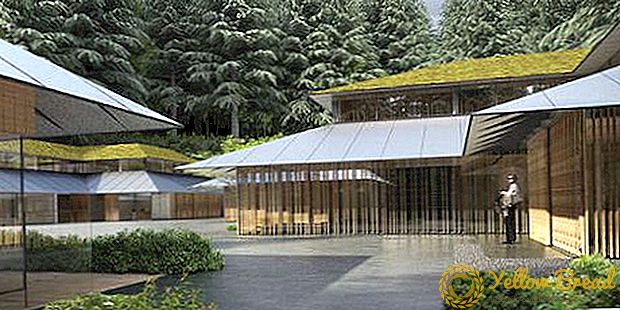He's been called the most influential British architect since Christopher Wren, a polymath whose enduring legacy of English houses continues to beguile with idiosyncratic charm and impec-cable craftsmanship. And now, with the inauguration of the Lutyens Trust America, dedicated to the celebration of his contributions to the field, Edwin Lutyens is getting another turn in the spotlight, and the attention couldn't be more apt.

Lutyens designed Marshcourt in Hampshire in 1901 with walls of chalk.
Lutyens was born in London in 1869 and spent his childhood in Surrey. He had no formal education but was something of a prodigy: Based on the strength of his drawing skills, he enrolled at what would become the Royal College of Art at 16, left at 18 to apprentice at a prestigious London architecture firm, and, by the time he was 20, had opened his own practice. That same year, he met garden designer Gertrude Jekyll, who became a mentor and frequent collaborator. The duo were adherents of the Arts and Crafts movement and among its most prolific proponents.

A roughcast facade and randomly set sandstone base at Goddards.
A rejection of industrialization, the Arts and Crafts philosophy prized the handmade over mass-market trends. Lutyens brought that ethos to gorgeous life in his work. Goddards, a Surrey country house he completed in 1898, is studded with char-ismatic architectural details: sandstone window transoms, rubbed redbrick mullions, diamond-set double chimneys.
Lutyens's houses eschew rigid formality. “You don't just walk into a house and see a straight line from the entry hall to the back door,” says architectural historian Robin Prater of the Lutyens Trust America. His interiors gradually unfold; there are meandering passageways, inglenooks, and window seats. Spatial economy was not a concern: “The waste of space… unwittingly creates the most valuable asset, a gain of space,” Lutyens wrote in 1932. “His proportions are incredible,” says Prater. “It's almost magic.”

An alley for skittles-the English version of bowling-at Goddards, an estate Edwin Lutyens designed in Surrey and built in two stages in 1898 and 1910. Goddards is available for holiday rental through the Landmark trust.
Lutyens also adopted a region's vernacular-most notably in Surrey and later in India-modifying it to his purposes while making it feel of a piece with its surroundings. The results pushed the vernacular forward and made the style more relevant. “There's a wit to his work that makes it complex and interesting,” says Prater. “Architecture was his passion and, really, his whole life.”

Lutyens incorporated local architectural styles in his plan for the Viceroy's House in New Delhi, completed in 1929.





